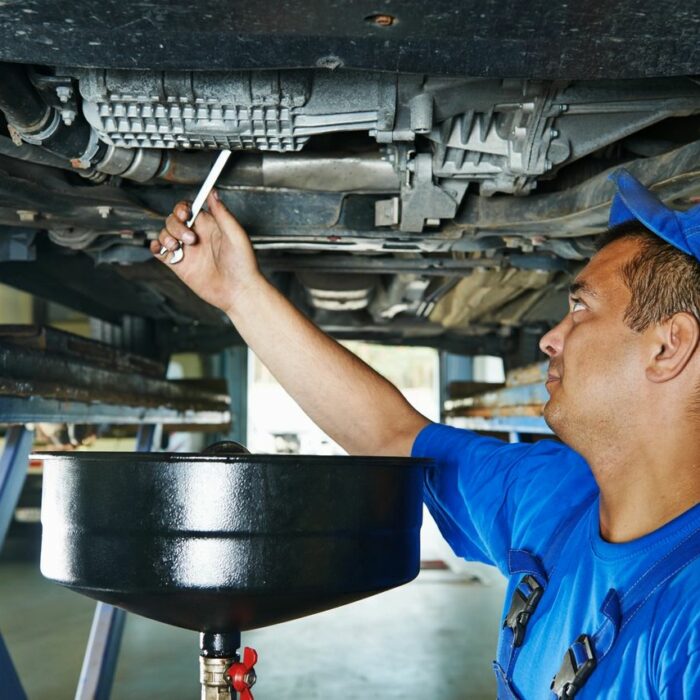Chile is a great country located on the Pacific coast of Latin America. Many come to Chile not only to travel, but also to work. So, if you are a tourist, you don’t need a Chilean driver’s license (you can use an international one), but as soon as you obtain a residence permit, you must definitely get a Chilean driving permit. Here we will explain you how to do this so that you can go through this procedure easily and without any problems.
How things work
Chilean driving permit organizations are practically examples of punctuality and order. Everything is well thought out, in one place, and applicants for obtaining a driver’s license don’t spend much time and effort. This doesn’t mean that the training of future drivers is not of high quality. On the contrary, everything is clear from the very beginning of training and ending with the procedure for obtaining the license itself.
The one who had a national license of another country (or had an International Driver’s License) passes the exams without attending driving school lessons. The rest, from the age of 18, are enrolled in a driving school and must attend 5 theoretical and 12 practical lessons. There are driving schools that can be attended only by people with education documents (at least a primary school certificate is necessary), but you can also find those where the data will be written according to words of the future driver.
About one million cars are sold every year in Chile. Therefore, quite a lot of people willing to pass driving exams. You should sign up one month before courses, although the training itself lasts two weeks at most. Yes, that’s right! In Chile, they can prepare the driver quite professionally in two weeks, because training is conducted by masters of their craft, with great seniority and teaching experience.
Lessons in the Chilean driving school
Since the first lesson, you will be pleasantly surprised by the punctuality of instructors. Theoretical training is conducted daily, except Sunday, in three regimes – morning, afternoon and evening. That is, you can choose which group is more convenient to attend. Lessons begin right on time, you can’t be late. Classrooms where the theory is taught are equipped with everything necessary – there is a simulator board depicting a roadway model, there are car models on magnets, any traffic situation is not only described in words, but also shown. Visibility makes it easier to understand the traffic rules. There are road signs on the walls of the room. By the way, instruction is conducted in Spanish, but exams can be taken in English.
In addition to models, there is an interactive equipment, that is, short training videos, an illustration of various road situations, are shown.
Before the start of theoretical training, each driving school trainee is given a set of manuals with traffic rules and tests. The manuals are colorful, with schemes, tables and photos. Questions in tests are the same as ones on exams. There are about 300 test tasks in total, and there will be 35 on the exam (28 answers must be correct, otherwise the theory exam will not be considered passed).
Training in a driving school costs about $150 – it is a large amount for Chile. But the number of people wishing to get a driver’s license is not decreasing.
If you don’t attend a driving school
Some who already know how to drive a car don’t attend a driving school – they prepare for the exams themselves. There are examination tickets with answers on the websites of Chilean municipalities. Looking through them only a couple of hours a day and training in passing the tests, you can prepare for the exams yourself in a week. If, as a result, you get more than 95% stably (or 100% in two of three tests), the preparation can be considered complete. Tickets from sites of municipalities coincide with tickets on examinations, the difference can only be in formulation of expressions.
When the theory is mastered, it is necessary to choose the time when exams may be passed. In Chile, this is done in one day.

Examination marathon
In Chile, driving licenses issuance is the responsibility of transport departments of the municipalities. Exams are also taken there. Therefore, you have to come to the entrance half an hour before the opening of the municipality. There will be a “first come first served” line for exam registration numbers. There are a lot of people willing to take the exam (or retake it, or change the license), so about 80 numbers are given so that everyone can pass exams before lunch. Then you need to come with your number to the registration window, where a card is filled out for each applicant. Everything is automated, and then the line is already electronic. Examinee’s data appears on the board in front of rooms, where exams and interviews are taken.
But first, all applicants come to the cashier. There, you should pay for the license itself (about $50), as well as for the paperwork and photo making (about $12). After that, you should take pictures. It is a quick process, you won’t have the ability to choose a photo. As soon as the photo is ready, you should pass a psychotechnical exam (psycho-medical check).
Psychotechnical exam consists of several parts:
1) check of reaction to a dangerous situation;
2) testing of ability to coordinate movements;
3) hearing test;
4) vision test
5) interview with a doctor.
The reaction time to a dangerous situation is checked on equipment with two pedals. You should keep your right foot on the gas pedal while the green light is on. As soon as the red light on, you should quickly press the brake. Approximately 10-15 repetitions on the simulator. It is important that the reaction time is less than a second.
There are usually two simulators testing the ability to coordinate movements. On one, you should stick the wand into the hole in time, while trying to avoid a spinning disk. On the other, you should draw compasses through the maze with the help of two levers.
During the hearing test, a certain sound is sent to the headphones, and when you hear it, you must press a button as quickly as possible.
The vision test is also organized on special equipment that fixes your vision acuity, the width of the visual angle, the ability to determine the distance to various objects and distinguish colors.
After all, you can come to the doctor’s office, where you’ll be taken your blood pressure. The pulse will be also checked, several questions will be asked (for example, about the presence of diabetes among relatives, etc.).
The theoretical test is conducted on a computer in a separate room (ten people at one time). You are given 45 minutes to answer 35 tickets. There are notes that you should choose two correct answers or only one.
When you pass driving test, you can choose any of three routes (and even drive on it in advance to get acquainted with signs, etc.). You can also choose your own car or one that will be provided by the instructor. Driving exam usually does not last more than half an hour. The examiner sees at once if the applicant is able to drive or isn’t ready yet.
None of the results should be transmitted anywhere. At each stage of check, all data are entered automatically and transferred from room to room.
If the exam was passed, for example, on Friday, you can get ready-made license on Monday there, in the transport department of the municipality. No hustle and bustle, all staff are polite and businesslike.

However, even those who have Chilean citizenship leave the country from time to time to visit other countries and continents as tourists or for work. This is where an International Driver’s License in Chile will come in handy, and if you still don’t have one, we invite you to process it quickly and easily on our website.

Published June 21, 2019 • 6m to read






